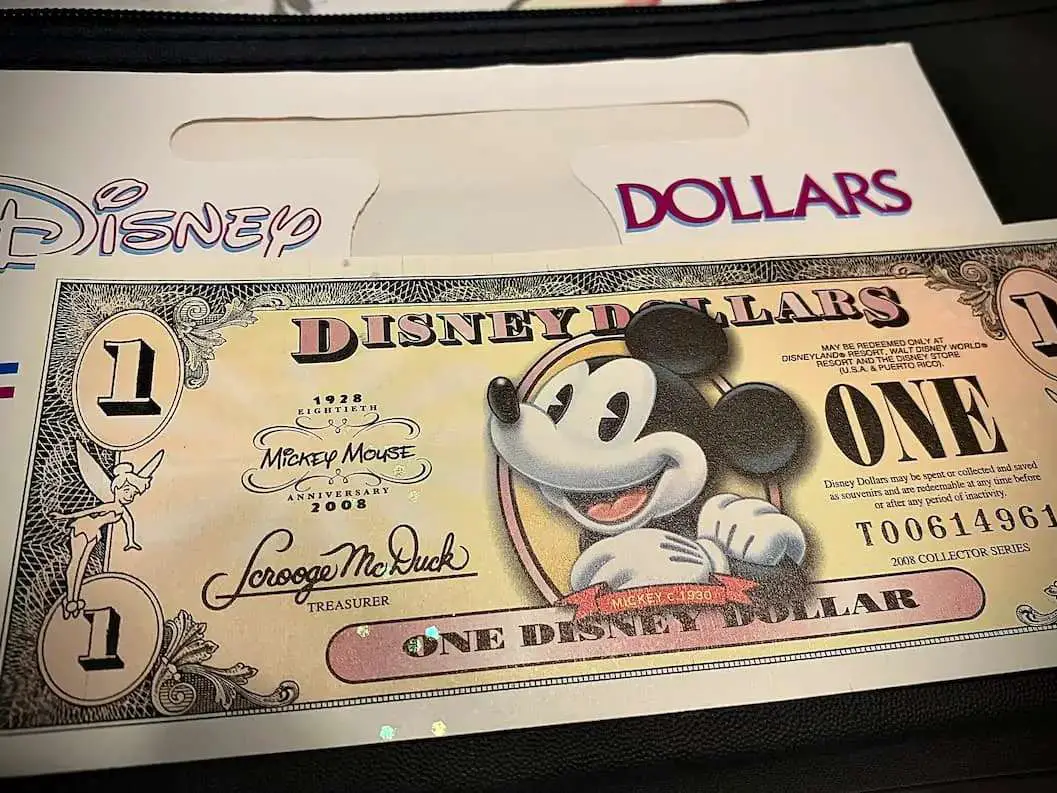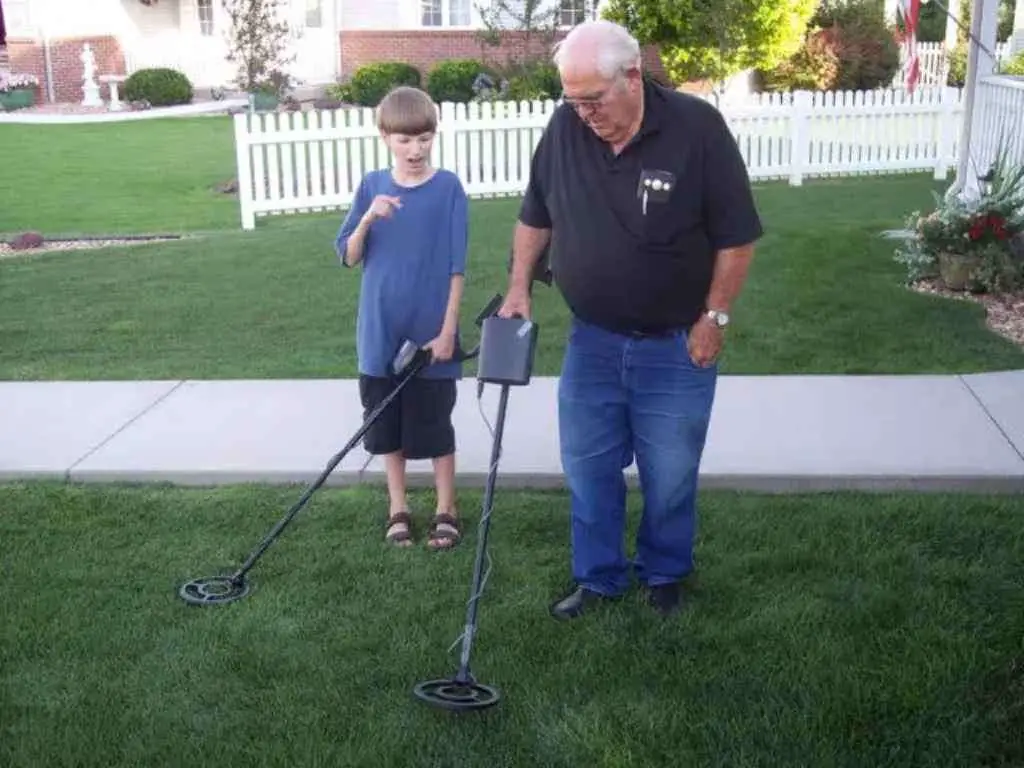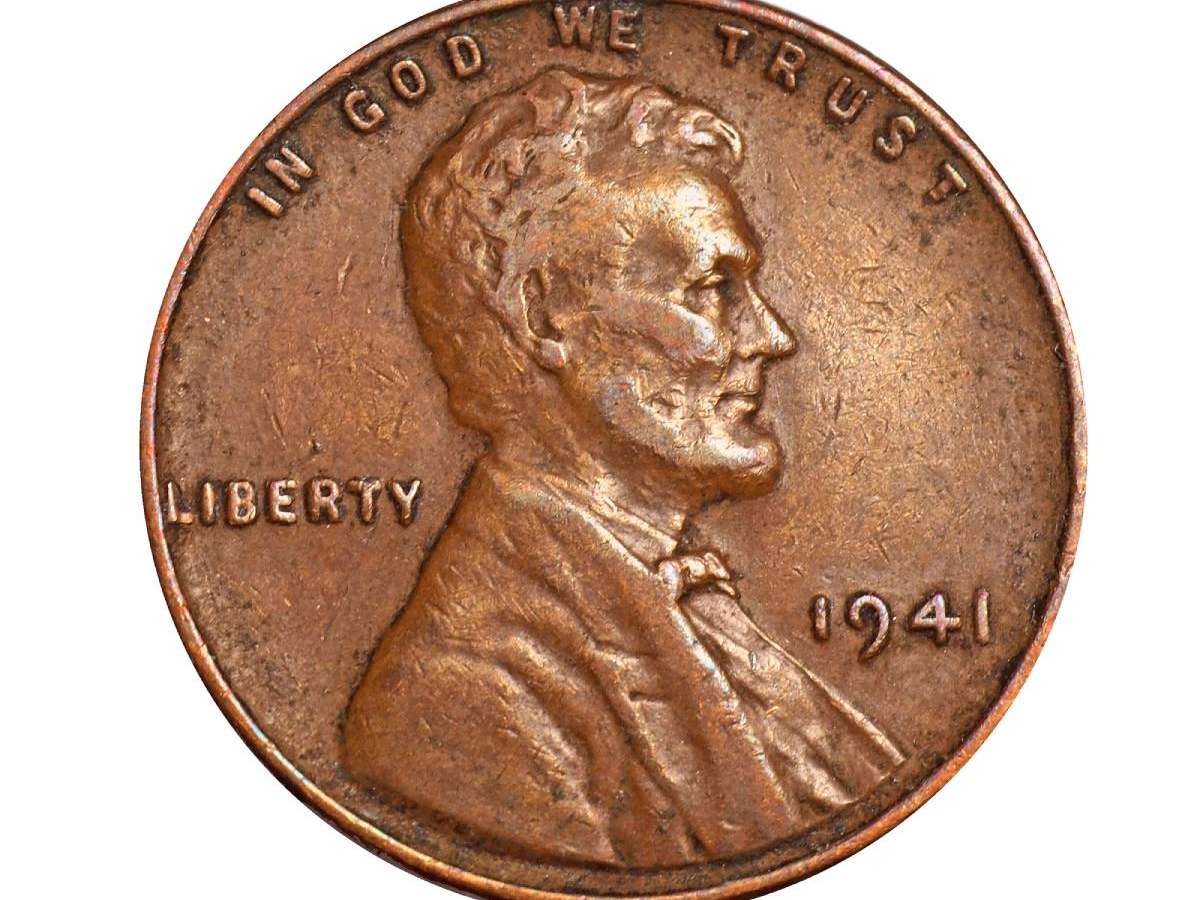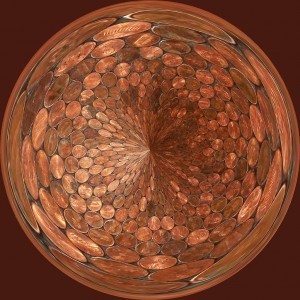
I do my best to try and answer your questions and comments here on The Fun Times Guide to Coins — and that’s why I want to take a moment and try to address one of the most common (and important) questions I get here:
“What is my old penny worth?”
This is a good question, because pretty much all of us have a stash of pennies lying around somewhere. And we also come across pennies everyday in our pocket change.
Some old pennies can be both very rare and very valuable.
The hard part is knowing which old pennies are worth a lot of money and which ones are not worth a whole lot of money.
A Rule Of Thumb
There is a good rule of thumb I like to go by, though it is not perfect.
Pennies dated before 1934 are usually worth more than those dated 1934 and after.
This is generally true — especially if you consider the average values of all the pennies dated 1933 and earlier, versus those dated from 1934 on.
Pre-1934 Penny Values
The 1909-S V.D.B., 1909-S, 1914-D, 1922 no-mintmark (also called “plain”), and 1931-S cent are worth hundreds of dollars apiece. (Except for the 1931-S, which starts at around $125 in lower grades).
There are several “D” and “S” mintmark pennies from the 1910s and 1920s that are worth tens of dollars apiece. Be sure to check out my piece on semi-key Lincoln cents to find out more about those.
And even the “highly common” pennies of most every pre-1934 date and mintmark not mentioned here are worth at least 10 to 20 cents apiece.

Post-1934 Penny Values
The pennies made from 1934 on generally saw far higher production numbers, less circulation, and more examples being saved in quantity by collectors, hoarders, and investors than the earlier Lincoln pennies.
In fact, there really are very few pennies made since 1934 that are worth much more than face value if worn. Yes, even the old pennies with the wheat stalks on the back, if worn and from the mid-1930s on, are generally worth only a few cents apiece.
There Are A Few Exceptions
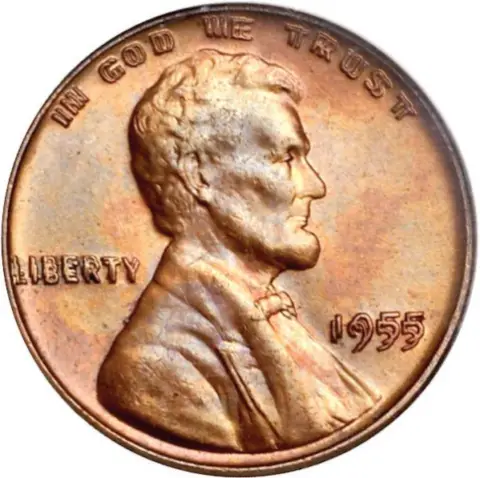
Now here is that big “but” you’ve been waiting for…
There are exceptions to every rule. And yes, there are a few exceptions to the rule about those post-1933 pennies I have been talking about.
Take for example, the very rare and highly valuable 1955 doubled die cent. The value of even the most worn specimens is now approaching $1,000.
The 1943 steel cent, though a very common coin, is worth 20 to 50 cents if worn. Thus, it is more valuable than most other worn wheat cents of that era.
The rare 1943 copper cent always brings in tens of thousands of dollars (and more!) when it goes to auction.
The 1970-S small-date cent is now worth around $50 to $60 if uncirculated.
And there are numerous doubled-die errors and varieties from the 1960s to the present day that are worth between a few dollars apiece to hundreds of dollars.
Check out the following articles to see if you have any of those valuable pennies:
- Valuable Lincoln Memorial Pennies
- Rarest and Most Valuable Wheat Pennies
- 7 Rare Wheat Pennies Worth Collecting
The Bottom Line
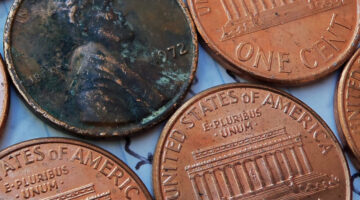
So, to sum up, most of the pennies you find dated 1934 to the present day are worth little more than face value if worn (though some certainly can be worth more).
Also, a number of the pennies dated from 1933 and earlier are worth several times more than face value (but many are highly common and worth only 10 to 20 cents apiece if highly worn).
Be sure to check out some of the other articles about pennies to see if any of your U.S. pennies are worth money today!
Here’s a video I made that describes lots of valuable pennies:
READ NEXT: A List Of The Most Valuable U.S. Pennies
I’m the Coin Editor here at TheFunTimesGuide. My love for coins began when I was 11 years old. I primarily collect and study U.S. coins produced during the 20th century.
I’m a member of the American Numismatic Association (ANA) and the Numismatic Literary Guild (NLG) and have won multiple awards from the NLG for my work as a coin journalist. I’m also the editor at the Florida United Numismatists Club (FUN Topics magazine), and author of Images of America: The United States Mint in Philadelphia (a book that explores the colorful history of the Philadelphia Mint). I’ve contributed hundreds of articles for various coin publications including COINage, The Numismatist, Numismatic News, Coin Dealer Newsletter, Coin Values, and CoinWeek.
I’ve authored nearly 1,000 articles here at The Fun Times Guide to Coins (many of them with over 50K shares), and I welcome your coin questions in the comments below!


